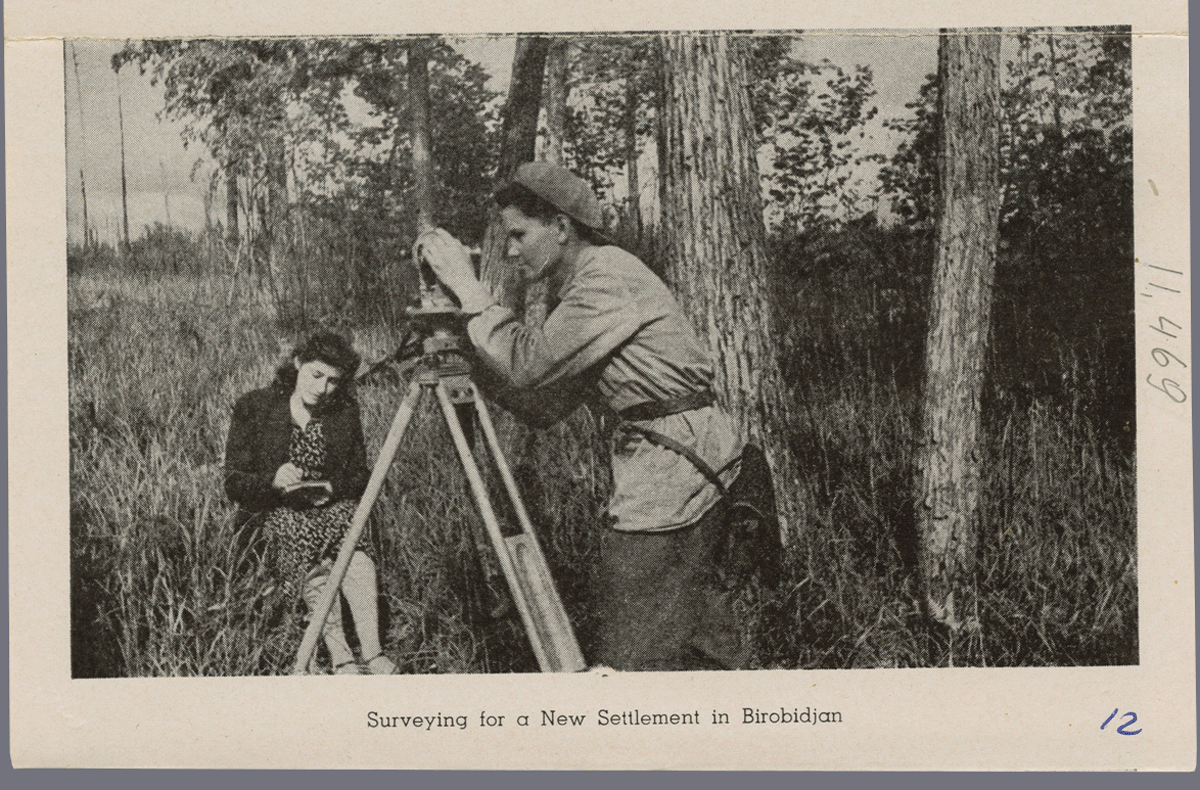Soviet Union
(Europe and Asia)
Joseph Stalin had become the dictator of the Soviet Union by the end of the 1920s. He introduced plans to transform the economy from one based on agriculture into one based on industry. He ruled using terror—anyone who opposed him was eliminated. Soviet law forbade antisemitism. But his struggle against his political opponent Leon Trotsky, who was of Jewish origin, led to the elimination of many Jewish leaders.

Stalin Rises to Power
The Soviet Union was founded in 1922. Vladimir Lenin was its first leader. After Lenin’s death in 1924, Joseph Stalin outmaneuvered his opponents and won control of the Communist Party. From there he was able to grow political support. By the end of the 1920s he became dictator of the Soviet Union.
Economy
Starting in the late 1920s, Stalin launched a series of five-year plans to transform the Soviet Union. He wanted the country to become an industrial superpower. So the country needed to move away from an agriculture-based economy. Stalin’s plan centered around government control of the economy. The five-year plans helped transform Soviet Jewry by enabling them to move into central cities, receive a higher education, and become professionals, specialists and managers. At the same time, the system of Jewish autonomy created in the 1920s was largely abandoned (see "Jewish Republic" below). The government also took control of private farms as part of its policy to collectivize agriculture. Millions of farmers refused to cooperate with Stalin’s plan. As punishment, they were either shot to death or exiled from their homes. Stalin’s plan did not work. The collectivization led to a famine in the Soviet Union that killed millions.
Rule by Terror and Personality Cult
Stalin’s rule was based on terror and total control. He eliminated anyone who might oppose him. To do this he expanded the powers of the secret police, encouraged citizens to spy on one another, and had millions of people killed or sent to the Gulags, the forced labor camps.
Stalin tried to influence his legacy through propaganda He had cities renamed after him and re-wrote Soviet history books to create myths about his personality and role in major events. His name was even included in the Soviet national anthem.
Great Purge
The Great Purge was a series of campaigns to eliminate those who were considered traitors or unfaithful to the Party’s ideology. The campaigns, also called the Great Terror, targeted people from every part of society, including members of the Communist Party, the military, and ordinary citizens. The Great Purge took place between about 1936 and 1938. It is believed that at least 750,000 people were executed and more than a million were sent to Gulags. Many of the victims were Jews.
Jews in the Soviet Union
The first full Soviet population census of 1926 put the number of Jews at 2,672,499. The census of 1939 reported a population of 3,028,528 Jews. That represented less than 2% of the country’s total population. Almost 90% of Jews lived in cities. By the 1930s assimilation was already on the rise. It was not normal for Jews to marry outside of their ethnic group. The majority of the Soviet Jewish population identified first and foremost as Soviet citizens.
While religion was not expressly forbidden, the Soviet Union was an atheist society. That means most people did not believe in a God, or gods. Campaigns against religion in the 1920s and 1930s targeted the Russian Orthodox Church, which was the biggest religion in the Soviet Union, and Judaism was probably the second main victim.
Jewish Republic
In 1928 around 250,000 Jews were living in a variety of Jewish colonization experiments in different parts of the country. There was a plan to set up a Jewish republic in Crimea, but it was abandoned. However, in 1934 a Jewish Autonomous Region was established in Birobidzhan (in the Soviet Far East). No mass Jewish migration developed, and Russian and Ukrainian settlers heavily outnumbered the Jews.
Antisemitism
Soviet law prevented public expressions of antisemitism and antisemitic political activity. During the first years of the Soviet Union, a large number of Jews took leading positions in the party and state hierarchies. However that changed after Lenin’s death in 1924. While Joseph Stalin struggled against political rival Leon Trotsky, who was of Jewish origin, Stalin increasingly laid out anti-Jewish expressions. The accusation of “Trotskyism” was used in the 1930s to eliminate many Jewish leaders, intellectuals, and artists. It also helped Stalin “de-Judaize” the higher ranks of the party, military, and state hierarchies.